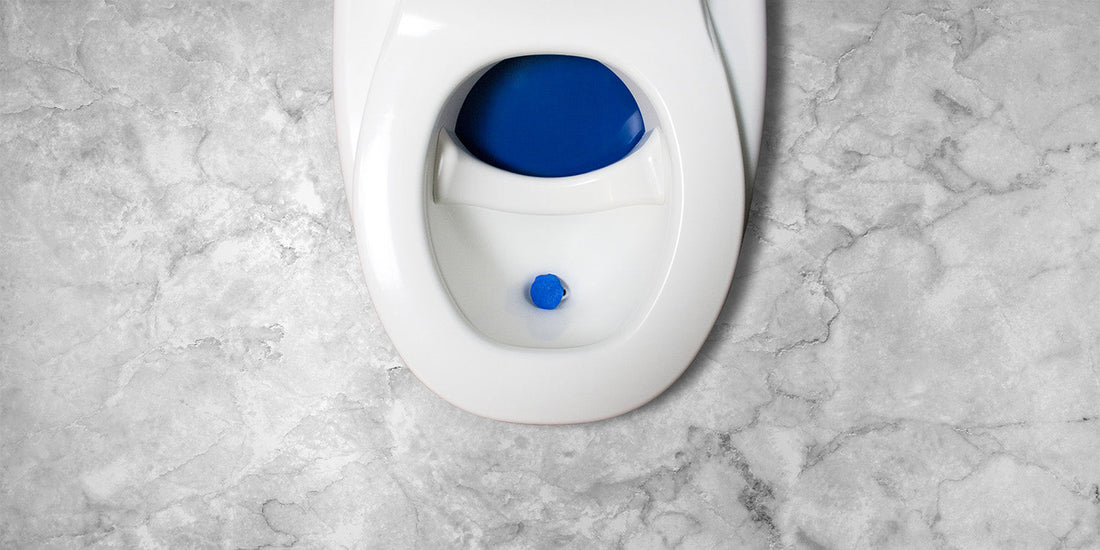
How Does a Urine Diverting Toilet Work?
Share
Unlocking the secrets: How a urine-diverting toilet works
Urine-diverting compost toilets, often integral components of composting and eco-friendly sanitation systems, hold the key to innovative waste management. Understanding their functionality sheds light on their contributions to sustainable living and environmentally conscious practices.
Separation for efficiency
At the core of a urine-diverting toilet lies its primary function: separating liquid waste (urine) from solid waste. This separation occurs via a specifically designed receptacle or diverter, ensuring the two waste streams are kept separate from the outset.
Urine diverter mechanism
The urine diverter, typically installed in the toilet, directs urine away from the solid waste. By doing so, it prevents the two waste types from mixing, which is essential for initiating a successful composting process in some systems.
Advantages of separation
Separating urine from solid waste is crucial in eco-friendly waste management. Urine, being high in nitrogen, can hinder the composting process or create unfavourable conditions if mixed with solid waste. Therefore, diverting urine away from the solids fosters a more efficient composting environment.
Contributions to eco-friendly solutions
The urine-diverting feature is integral to various eco-friendly toilet systems, particularly in off-grid, tiny house, RV, and boat settings. This design minimizes the water needed for waste management and supports sustainable living practices without the need for extensive plumbing infrastructure.
Applications and adaptability
These toilets are adaptable and cater to diverse settings, from tiny houses seeking compact and efficient waste management solutions to larger systems in off-grid or mobile living scenarios. They are well-suited for those prioritizing sustainability and minimal environmental impact.
The eco-friendly future
Understanding how a urine-diverting toilet works highlights its role in advancing eco-friendly waste management solutions. By separating waste streams, these systems promote more efficient composting processes and contribute to a greener and more sustainable future.
Conclusion
Urine-diverting toilets, with their efficient waste separation mechanisms, stand as a beacon of environmentally conscious waste management. By diverting urine away from solid waste, they facilitate efficient composting and promote sustainability, offering an eco-friendly solution without compromising on comfort.

